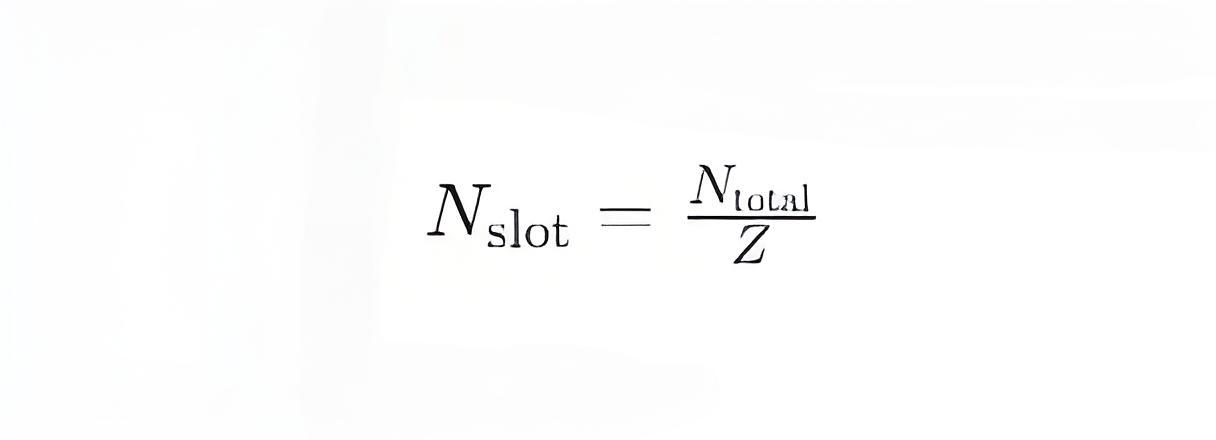How do I calculate a number of turn per slot in a single phase or three phase induction motor?
Calculating the number of turns per slot in a single-phase or three-phase induction motor (also known as an asynchronous motor) involves details of the motor's design and specific parameters. The design of the motor's windings aims to optimize the motor's performance, including efficiency, power factor, and reliability. Below are the general steps and methods to calculate the number of turns per slot:
Overview of Steps
Determine Motor Parameters: Understand the basic parameters of the motor, including rated power, rated voltage, frequency, number of poles, and number of slots.
Calculate Total Turns: Based on the design requirements of the motor, calculate the total number of turns in the windings.
Allocate Turns Per Slot: Distribute the total number of turns among each slot.
Specific Steps
1. Collect Motor Parameters
Rated Power (P): The rated output power of the motor.
Rated Voltage (U): The operating voltage of the motor.
Frequency (f): The power supply frequency, typically 50Hz or 60Hz.
Number of Pole Pairs (p): The number of pole pairs, which determines the synchronous speed of the motor.
Number of Slots (Z): The number of slots on the stator.
Number of Phases (m): Single-phase or three-phase.
2. Calculate Total Turns
Calculating the total number of turns involves understanding the specific design requirements of the motor, such as efficiency, power factor, and maximum current. The total number of turns can be estimated using the following empirical formula:

Where:
k is an empirical coefficient that depends on the specific design of the motor.
U is the rated voltage of the motor.
ϕ is the phase angle, typically for a three-phase motor.
Bm is the maximum flux density in the air gap of the motor.
3. Allocate Turns Per Slot
Once the total number of turns is determined, it can be distributed among each slot. For a three-phase motor, the number of turns in each phase winding should be the same, and the number of turns per slot should be evenly distributed to ensure balance. The number of turns per slot can be calculated using the following formula:

Where:
Nslot is the number of turns per slot.
Z is the total number of slots.
Example Calculation
Assume a three-phase induction motor with the following parameters:
Rated Voltage U=400 V
Number of Pole p=2 (four-pole motor)
Number of Slots Z=36
Rated Frequency f=50 Hz
Maximum Flux Density Bm=1.5 T
Assuming the empirical coefficient k=0.05:

Assuming the total number of turns is 47, distributed among 36 slots:

Since the actual winding design typically requires the number of turns per slot to be an integer, the total number of turns may need to be adjusted to allow for an even distribution among the slots.
Notes
Actual Design: In actual motor designs, the number of turns per slot may need to be adjusted based on the specific requirements and manufacturing processes of the motor.
Winding Type: Different types of windings (such as concentrated windings or distributed windings) may affect the calculation of the number of turns per slot.
Empirical Data: The empirical coefficient k in the formula may need to be adjusted based on the specific type and design requirements of the motor.
By following these steps, you can roughly calculate the number of turns per slot in a single-phase or three-phase induction motor. However, actual motor design often requires specialized motor design software and extensive practical experience to optimize the winding design.
The Electricity Encyclopedia is dedicated to accelerating the dissemination and application of electricity knowledge and adding impetus to the development and innovation of the electricity industry.













